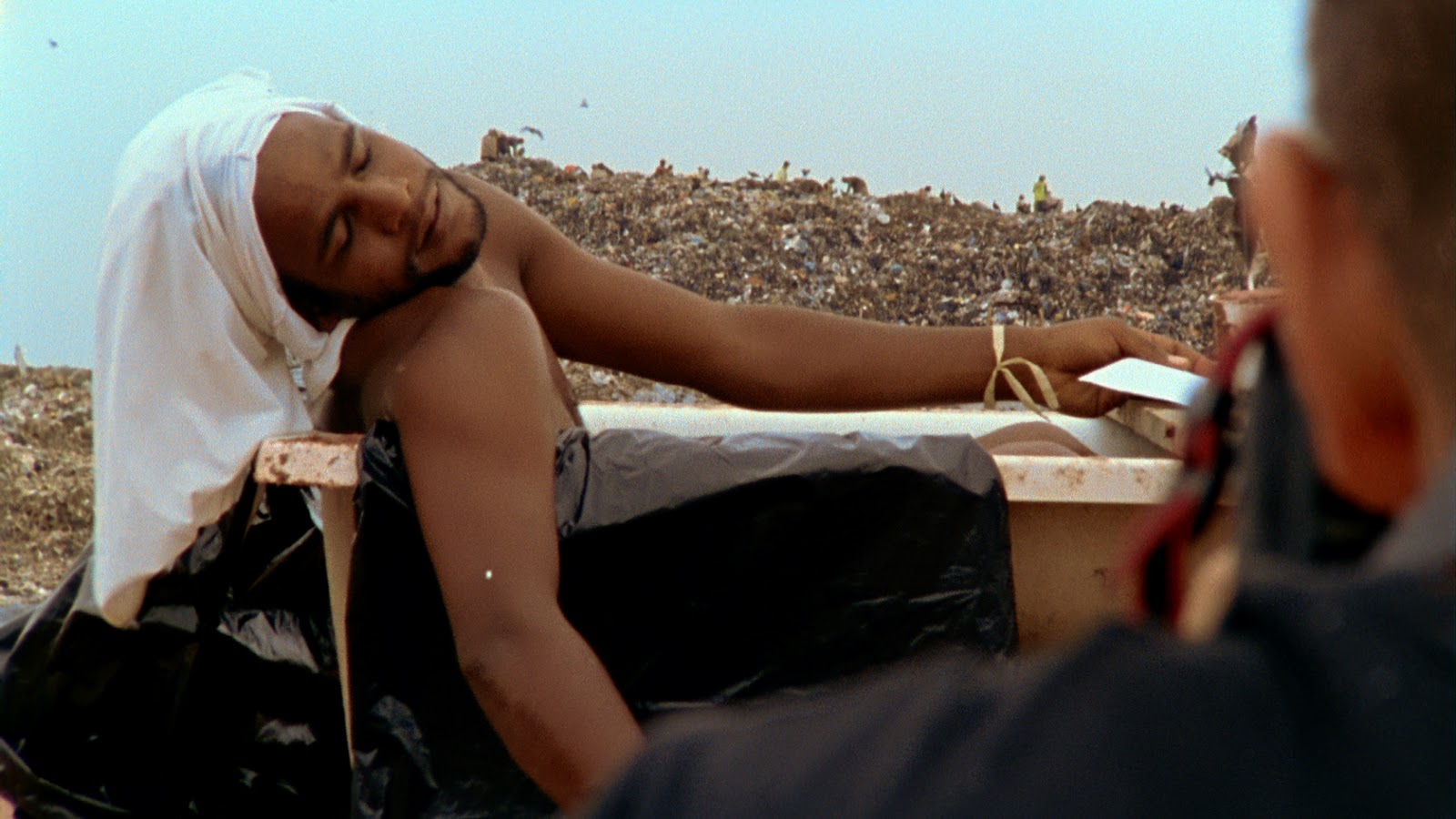Waste Land
Director: Lucy Walker
2:1
By Jack Mays
All documentaries, ultimately, fall into one of two categories: ones that shed light on the dark side of human nature, and ones that celebrate the triumph of the human spirit. Surprisingly, for a documentary set largely in the world’s largest landfill, the Oscar-nominated Waste Land falls into the latter camp.
It may also come as a surprise to you (at least it did to me), that Waste Land has no environmentalist agenda. Instead, it’s a tale of one artist’s efforts to give something back to the less fortunate, which quickly evolves into a story about the transformative power of art and the indomitable human spirit. And if you think that sounds trite, go see it for yourself and tell me it isn’t true.
Top-selling contemporary artist Vik Muniz escaped poverty in Brazil and has become renowned for his imaginative use of materials, creating works of art from the likes of sugar, diamonds, dust—even peanut butter! But, when he gets an idea for a new project composed entirely of garbage, he combines art with social work by giving the catadores who work at Rio’s Jardim Gramacho the opportunity to transmogrify waste—their bread and butter—into works of art.
Unsurprisingly, the scenes of the men and women at work are not pleasant. If Waste Land was in Smell-O-Vision the film would (literally) stink; set in and around the destination of roughly 70% of Rio’s waste, Waste Land may well be the filthiest movie ever (they should put that on the poster!). Wading through a sea of detritus, workers fight for scraps of recyclable material, while crows circle overhead like vultures. A sign on the outskirts reads: “Danger—Risk of Life.”
For some, living conditions aren’t much better; one worker tells of how rats would fall from her roof onto her bed at night, before showing the filmmakers around her mother’s house-cum-shack, while her younger sister watches Richie Rich on their thirty-year-old TV.
Although Vik is ostensibly the star, it is the catadores who steal the show. Each one deserves a mention: Zumbi, the man who was nearly crushed to death by a truck and whose ambition it is to open a library; Isis, a young woman who wants nothing more than to work somewhere else; Irma the cook, proudly says that “I don’t let anyone go hungry”; Valter, the wise old man who’s worked on the landfill for half his life and still has a grin on his face; Magna, the single mother who was too ashamed to tell her family where she worked; 18-year-old and mother of two, Suelem, whose experienced and seen things no person should. Finally, there’s Tiao, the affable family man—and fan of Nietzsche—who represents the 3,000 catadores as union president.
Each and every one of these colourful characters contributes to making Waste Land what it is: occasionally funny, often harrowing, but ultimately uplifting. Too often victims of personal tragedy and an indifferent world, their dignity and humanity shine bright like diamonds in the rough.
The Trailer to Waste Land.









